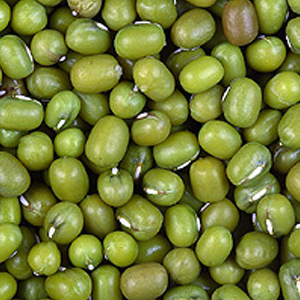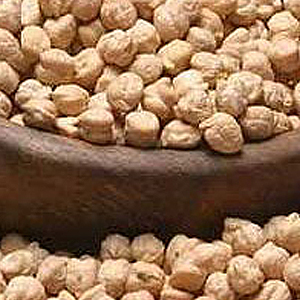
Name : Mung Beans
Mung beans, also recognized as green gram (moong in Hindi, mug in Gujarati), present petite green seeds with a yellow inner core. A culinary legacy for Indians spanning millennia, these beans partake in both the sweet and savory realms of Indian cuisine. Embracing versatility, they are consumed whole, sprouted, split with skins intact, and split with skins removed. Notably, mung dal (split and skinless) ranks among the most prevalent lentils in my culinary arsenal.
Mung beans, their skins intact, offer a flavor reminiscent of verdant leafy vegetables. In contrast, skinless mung dal boasts a subtle sweetness, frequently employed in dessert preparations.

Name : Lentils
Masoor, commonly referred to as red lentil (masoor in Hindi, masoor in Gujarati), boasts a brown exterior that gives way to its vibrant orange interior. This variety of lentil, known as masoor dal, delights the palate with its pleasing earthy taste, a familiar presence in Northern Indian cuisine. It is a frequent star in dishes such as dal, soups, and hearty stews.

Name : Toor
Pigeon Pea, recognized as the tropical green pea (toor in Hindi, tuver in Gujarati), showcases a beige outer shell that reveals a vibrant yellow core. This legume holds paramount significance in Gujarati households, standing as a cornerstone pulse. In its freshest form, the peas are prized gems, enriching curries and spicing up savory handpies’ fillings. Their distinctively delightful nutty essence is truly appetizing. Moreover, the dried and split peas serve as a kitchen staple, lending their essence to everyday culinary creations. Notably, the renowned “Gujarati Dal” is crafted from these peas, where the delicate equilibrium between spiciness, sweetness, and sourness reigns supreme.

Name : Urad
Urad, also known as black gram or black lentil (urad in Hindi, adad in Gujarati), presents itself as a petite black seed with a white inner core. Although sharing similarities in size and shape with mung beans, urad possesses a distinctive taste profile. A cherished culinary heritage spanning thousands of years, this legume boasts an earthy flavor and a unique, pleasantly mucilaginous texture when cooked—an attribute to relish. Renowned for its culinary versatility, urad stars in the beloved dal makhani and frequently contributes to the creation of papad (or poppadums).

Name : Chana
Chana Dal, also recognized as Yellow Chickpea Dal, holds a special place in the hearts of India’s populace. Notably, Chana Dal is a nutritional gem, low in saturated fat and completely devoid of trans fats, enriched with nourishing carbohydrates. Its delightful fusion of sweetness and nuttiness renders it the most sought-after pulse across the nation. Our Chana Dal is thoughtfully packaged, upholding its quality standards. Boasting a warm and sweet profile, Chana Dal stands out in both solo and vegetable-enhanced culinary creations.
The natural “Chana Dal” we offer undergoes a meticulously developed processing method, ensuring its hygienic excellence. As prominent chana dal manufacturers and exporters from India, we take pride in the high esteem our Chana Dal garners from our clientele, attributed to its unparalleled quality. Beyond being a delicious and easily digestible delight, Chana Dal finds its way into various culinary avenues, including roasted and powdered chickpea flour (besan), an indispensable ingredient gracing diverse regional cuisines.

